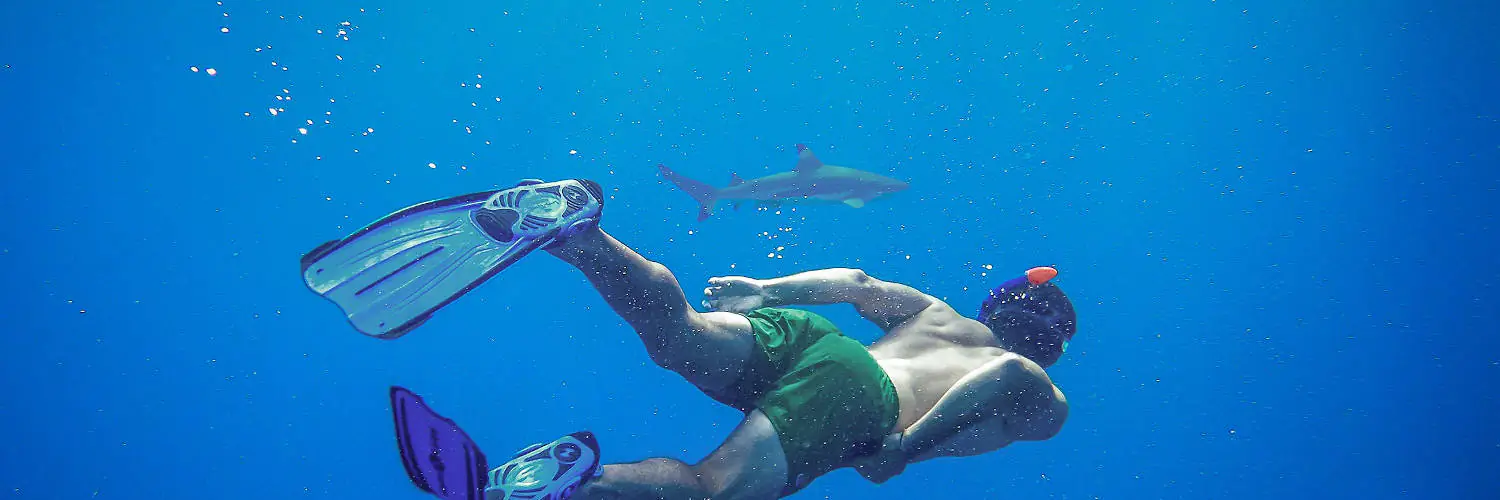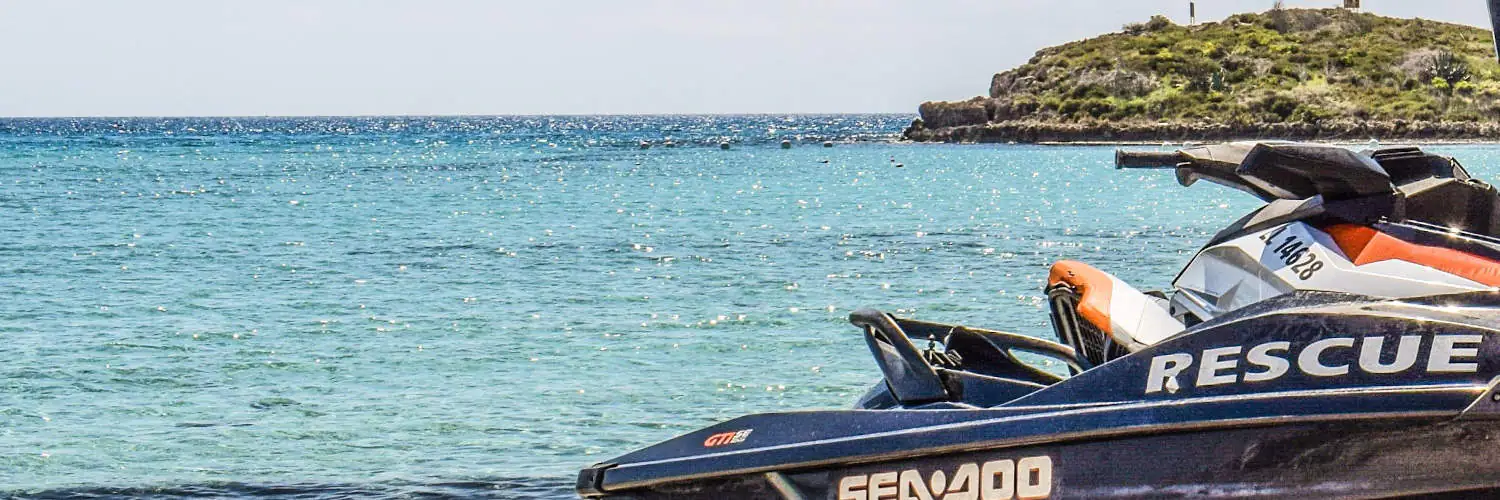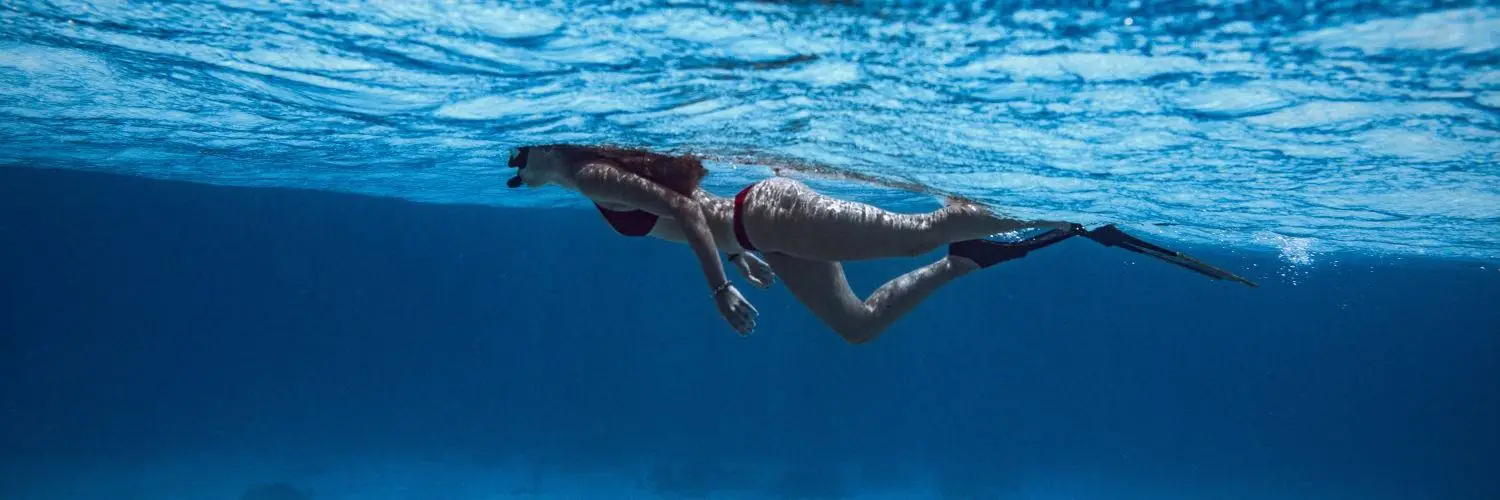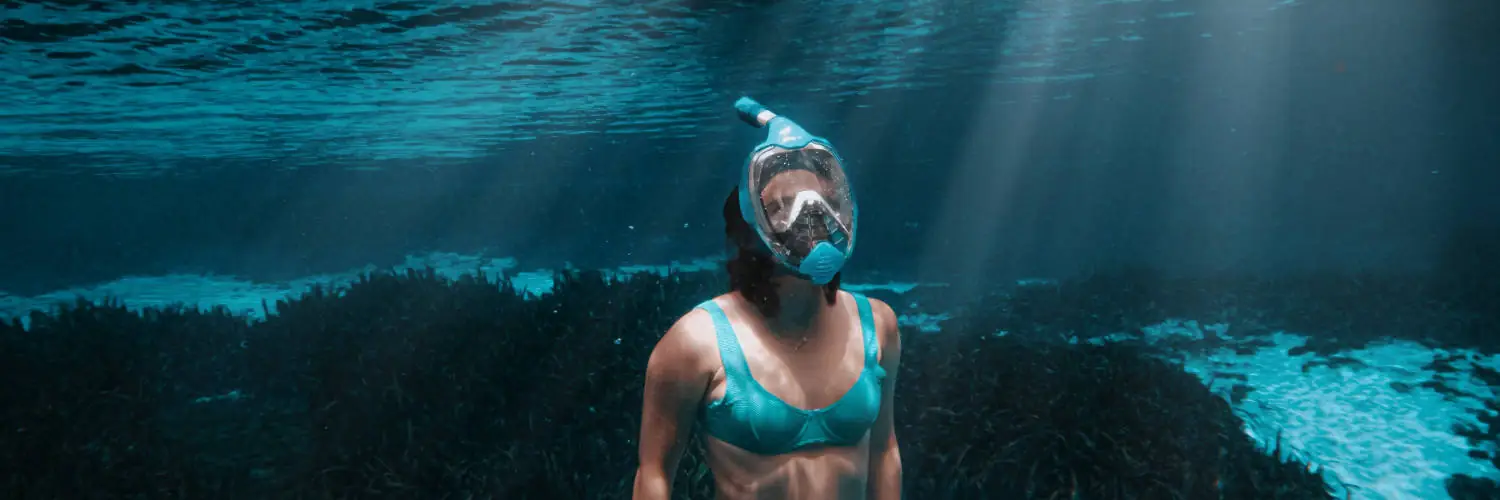Table of Contents
Snorkeling After It Rains: Safety and Visibility Considerations
Snorkeling is a beloved pastime for many who seek to explore the beauty of underwater life. While it’s often associated with clear skies and sunshine, the experience does not necessarily have to end when the rain begins. Snorkeling after rain can introduce a different dimension to underwater exploration, although it comes with its own set of considerations. Rainfall affects underwater visibility and can alter marine environments in various ways, posing new challenges and opportunities for snorkelers.
When rain hits the water’s surface, it can stir up sand, silt, and other particulate matter from the seabed, particularly near the shore, leading to reduced underwater visibility. The intensity and duration of the rain, combined with the location’s topography and the runoff it produces, have significant impacts on water clarity. However, snorkelers might find that less disturbed locations away from the shore can still offer clear waters even after rainfall. Additionally, rainy conditions might deter crowds, offering a more serene snorkeling experience for those willing to venture out.
Safety is always crucial, and snorkeling after rain requires extra attention to potential risks. Weather patterns may change quickly, and the presence of rain often indicates other adverse conditions such as stronger currents or reduced surface visibility, which can present dangers. Snorkelers should evaluate the severity of the weather, their risk tolerance, and the specific environmental conditions of their chosen snorkeling spot post-rainfall before deciding to enter the water.
Understanding Snorkeling Post-Precipitation
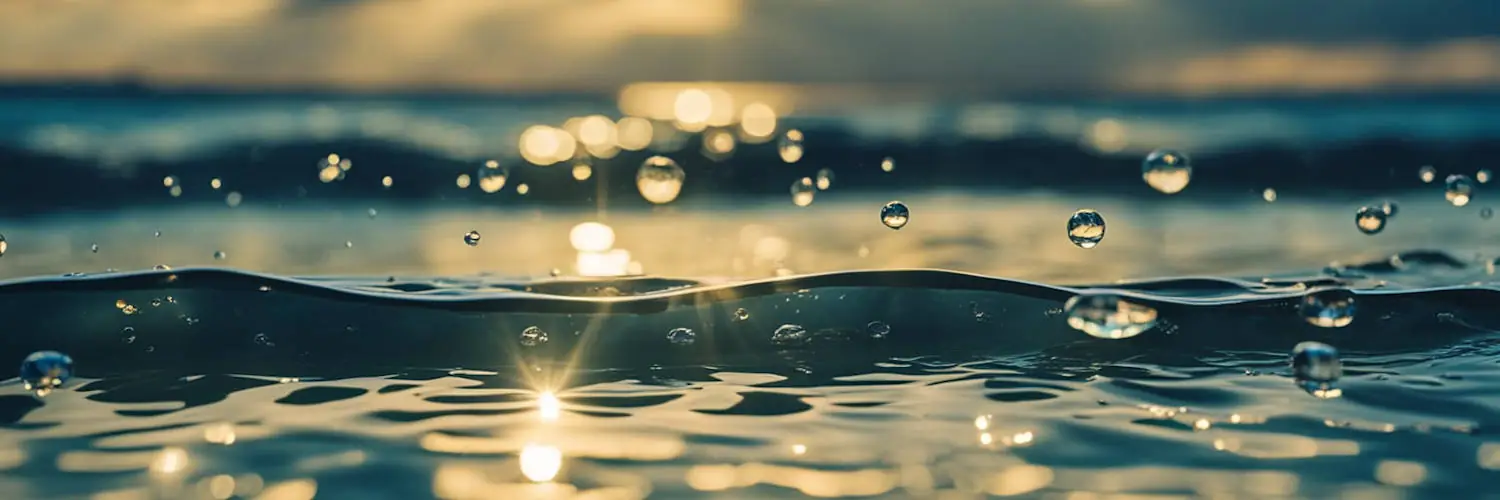
Snorkelers often wonder how rain affects their underwater adventures. The following subsections address the main concerns related to snorkeling after rainfall, highlighting weather influences and alterations in the marine environment.
Weather and Its Impact on Snorkeling
Rain itself can lead to a spectrum of conditions that range from mild to severe, each affecting snorkeling differently. Light rain may have little effect on water clarity, but visibility can become compromised in certain situations. Post-precipitation snorkeling must factor in both the immediate and the subsequent weather conditions. High winds and tropical storms are likely to stir up the seabed, resulting in murky waters and reduced visibility. Conversely, a light drizzle can be inconsequential to the underwater visibility.
Additionally, snorkelers should be aware that rain affects light penetration. On a cloudy day, less light reaches the underwater realm, dimming the environment and potentially making it more challenging to observe marine life. Therefore, one must assess not only the rainfall but also the overall weather conditions before diving in.
Effects of Rain on Marine Environment
Rain can drastically alter the underwater seascape. Runoff particles from rivers and coastal lands often surge into the ocean after heavy rains, carrying sediments that cloud the water. This runoff can affect the water’s salinity and temperature, possibly impacting marine species’ behavior.
- Positive effects: Rain can also bring nutrients that attract fish and other marine life, offering snorkelers a chance to witness increased activity.
- Negative effects: However, excessive runoff after storms introduces debris and pollutants, degrading the water quality and visibility.
In tropical regions, where coral reefs are prevalent, snorkelers might occasionally experience a phenomenon dubbed as “rainbow reefs” due to the way light refracts underwater post-rain. The clarity beneath the surface sometimes improves as rainwater can help settle suspended particles, revealing a clearer underwater environment. However, this is not a guaranteed occurrence and heavily depends on the extent and nature of the rainfall and local ecological conditions.
Safety Measures and Risks
When planning to snorkel after rain, it is essential that individuals are aware of the potential safety concerns and risks involved such as rougher waters and encounters with marine life. Proper gear and health precautions are imperative to ensure both safety and enjoyment.
Navigating Rough Waters
After heavy rainfall, waves and currents can become stronger and more unpredictable. Snorkelers should check weather reports and consult with local authorities for updates on water conditions. It is critical to stay within areas protected from direct wave impact and to avoid areas where rip currents are likely. Strong swells can disturb the seabed, reducing visibility and increasing the risk of injury.
- Stay Clear of Hazardous Zones: Areas with strong waves and currents.
- Visibility Check: Ensure the water clarity is adequate for safe snorkeling.
Encountering Marine Life
Rain can affect the behavior of marine life, sometimes bringing creatures like jellyfish closer to shore. Snorkelers should wear protective clothing such as a rash guard or a wetsuit to minimize the risk of stings or scratches. Being informed about local marine fauna and maintaining a respectful distance is a key aspect of water safety.
- Protective Gear: Wear a rash guard or wetsuit to reduce the risk of stings.
- Observe from a Distance: Avoid directly interacting with wildlife.
Health and Gear Considerations
The right equipment is vital for a safe snorkeling experience. A well-fitted mask and snorkel are fundamental to avoid water inhalation. Using fins can help in navigating through choppy waters. To prevent health issues, snorkelers should stay hydrated and be aware of the signs of hypothermia, which can occur even in warmer climates after prolonged exposure to cooler waters post-rain.
- Check Equipment: Confirm your mask, snorkel, and fins are in proper condition.
- Stay Hydrated: Drinking water before and after snorkeling helps maintain hydration levels.
Taking these safety measures can greatly reduce risk and increase the chances of a pleasant snorkeling adventure.
Planning Your Snorkeling Adventure
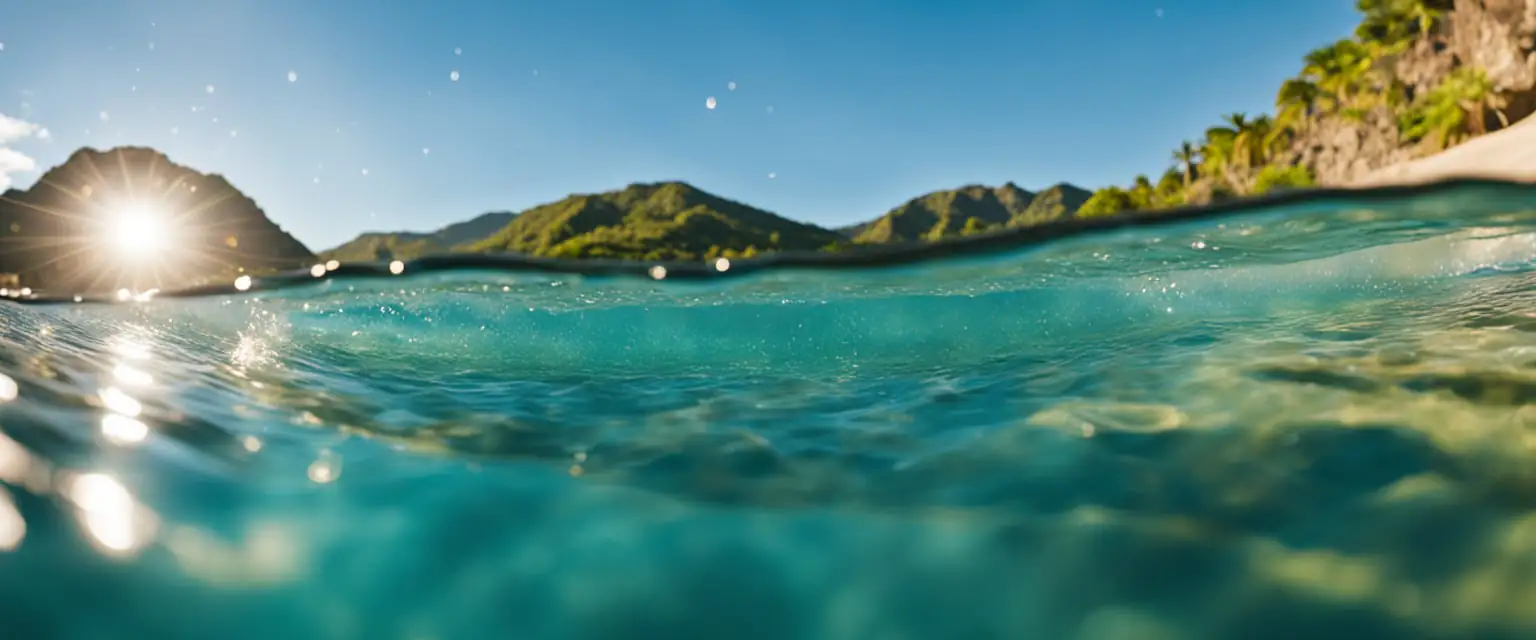
When planning a snorkeling trip, understanding the weather conditions and selecting an appropriate location are pivotal to ensuring a safe and enjoyable experience.
Interpreting Weather Forecasts
A proficient snorkeler knows the importance of accurately interpreting weather forecasts before setting out. In tropical locations, weather forecasts can be unpredictable, so it’s essential to look for patterns and overcast conditions that indicate a greater likelihood of showers. Heavy rain can rapidly change sea conditions, affecting water clarity and potentially introducing safety risks. Always keep an eye on the sky for darkening clouds or light shifts, which could signal an impending storm.
Choosing the Right Location
The selection of a snorkeling spot should take into account both marine life diversity and safety under changing weather conditions. A spot sheltered from direct wind and waves provides a better experience, especially if the weather turns. Water clarity can be compromised with heavy rains stirring up sediment, so areas with sandy bottoms may become murky. On the other hand, marine life in rocky areas or coral reefs may still be visible during a light rain, offering a unique snorkeling opportunity. Always avoid areas known for rapid changes or dangerous currents, especially if the likelihood of a storm is apparent from the weather forecast.
The Snorkeler’s Toolkit
In snorkeling after rain, one’s experience can vary widely based on the gear they choose. The right toolkit can mitigate adverse conditions and enhance the underwater experience.
Essential Gear for Various Conditions
Mask: A high-quality, anti-fog mask is crucial for clear underwater visibility. Post-rain snorkeling may involve murky water due to runoff, making a mask that seals well against the face even more important to keep out unwanted water and maintain visibility.
Snorkel Tube: Opt for a dry snorkel, which has a mechanism to prevent water from entering the tube when submerged or hit by waves. This feature is particularly beneficial when snorkeling in choppy post-rain conditions.
Wetsuit: Water temperatures can drop after a rainstorm. A proper wetsuit not only provides warmth but also protects the skin from abrasions, which is especially important when navigating near corals.
Dry Bag: Keeping personal items safe and dry is essential. A dry bag ensures that belongings such as clothing, cameras, and towels remain dry, regardless of weather conditions.
Snorkel Vest: For added safety, especially in post-rain swell, a snorkel vest can provide buoyancy and visibility. This piece of gear helps snorkelers conserve energy and remain visible to others, including boat traffic.
Appropriate Gear for Sun Protection:
- Wetsuit: Offers a physical barrier against the sun’s rays while in the water.
- Sunscreen: Should be reef-safe to protect marine environments, especially corals, from chemical damage.
When gearing up for snorkeling after rainfall, it’s crucial to consider each gear item’s role in ensuring a safe and enjoyable experience. Proper equipment selection can mean the difference between a mediocre outing and a remarkable snorkeling adventure.
Maximizing the Snorkeling Experience
To ensure that snorkelers grasp the full splendor of the underwater world and preserve their adventures, attention to visibility and photographic techniques is crucial.
Techniques for Enhancing Underwater Perception
After a rain, visibility can become a chief concern. Snorkelers can enhance their underwater experience by selecting areas with minimal sediment and nutrient runoff, as these can considerably reduce underwater visibility. Focus on the following to improve perception:
- Visibility Conditions: After rain, choosing locations away from river mouths can avoid areas with high sediment runoff, keeping the water clear.
- Timing: Schedule snorkeling sessions when the sunlight is bright, as this can amplify visibility and the vibrancy of the marine life, making fish and coral pop against the backdrop.
- Safety First: Be aware of any shifts in currents or waves, as the post-rain environment can be different, and safety should always take precedence during such an adventure.
Photography and Memory Preservation
Snorkeling provides opportunities for stunning underwater photography. To capture crisp photographs—even in post-rain conditions—consider the following:
- Equipment: Use a waterproof camera with adjustable settings to adapt to varying levels of brightness and clarity.
- Technique: Aim to keep a steady hand and a safe distance from marine life. Movement can stir up sediment and affect the sharpness of photographs.
- Photography Tips:
- High-resolution settings: to capture the minute details of underwater features.
- Natural lighting: if conditions allow, natural light can accentuate the clarity and colors under the sea.
By deploying the right techniques and photographic strategies, snorkelers can conquer any visibility challenges and secure a treasure trove of memories from their aquatic journey.





